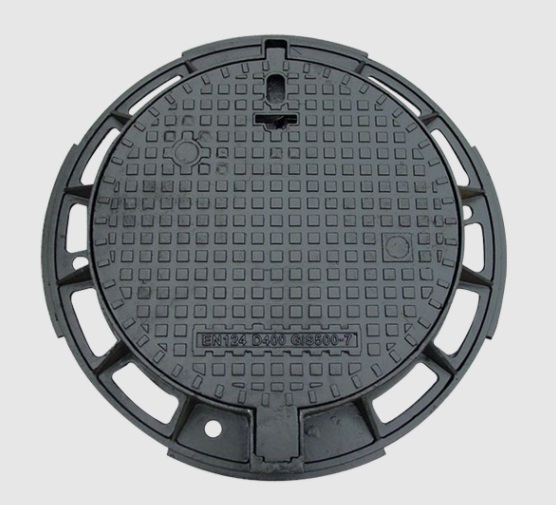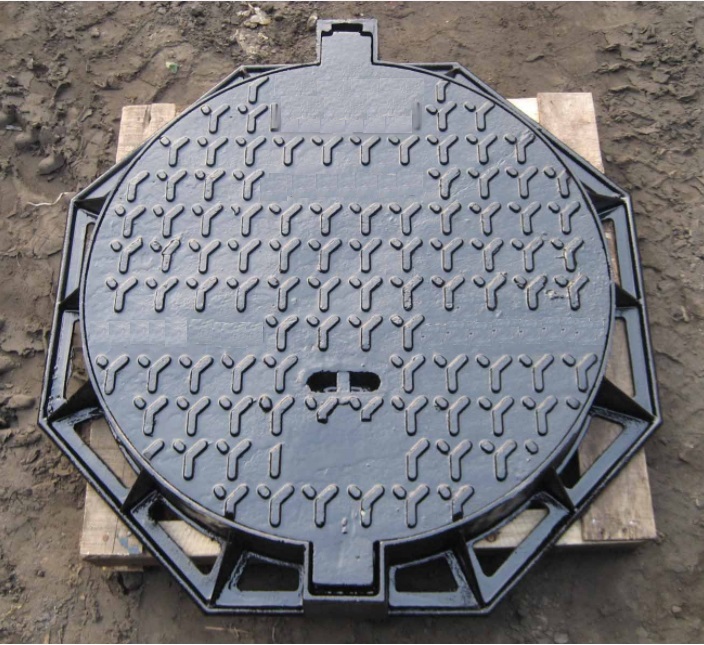On December 11, 2012, the Equipment Industry Division and the Science and Technology Department of the Ministry of Industry and Information Technology jointly released the "Patent Situation Report 2012 in the Equipment Manufacturing Field." The report focused on key areas such as machine tools, seals, commercial aviation turbofan engines, ships, and offshore drilling platforms, conducting early warning analysis on their patent situations. This initiative aimed to enhance awareness and strengthen strategic planning for the development of China's equipment manufacturing industry.
Zhang Zhicheng, deputy director of the Department of Protection and Coordination at the State Intellectual Property Office, emphasized that intellectual property rights are fundamental to driving the growth and competitiveness of the equipment manufacturing sector. The report revealed that from 1985 to 2011, China’s equipment manufacturing patent applications experienced three distinct stages. During the "Seventh Five-Year Plan," the number of applications grew rapidly with an average annual increase of 30%. In the following two five-year plans, the growth slowed down to 7.9% and 16%, respectively. However, during the "Tenth" and "Eleventh Five-Year Plans," the industry entered a period of rapid expansion, with patent applications rising by 20.2% and 28.1% annually.
Notably, after 2009, the pace of patent applications surged. By 2010, the total had surpassed 350,000, and by 2011, it reached 432,000—an increase of 24.37%. These figures accounted for 26.5% of all patent applications in China. The number of invention patents also rose significantly, reaching 154,000 in 2011, a 20.68% year-on-year increase, making up 29.3% of all invention patents. This demonstrated that China's equipment manufacturing sector had become one of the most patent-active industries in the country.
From a developmental perspective, the number of patent applications between 2005 and 2011 closely mirrored the changes in the total industrial output value of the equipment manufacturing sector. The industry accounted for nearly one-third of all patent applications in China, both in terms of quantity and invention patents. It has become a core driver of innovation and technological advancement.
Looking at invention patent applications in key sectors, they were primarily concentrated in electrical and electronic equipment, instrumentation, petrochemical general equipment, automobiles, and machine tools. Industries with high patent density—such as food packaging and tobacco machinery, printing machinery, instrumentation, and metal products manufacturing—showed strong technical capabilities and innovation potential. In contrast, the electrical and petrochemical general equipment industry had medium-level patent density, indicating relatively lower technical content. Meanwhile, the automobile and railway transportation equipment industries had low patent density, highlighting the need to develop core technologies.
Despite being a major player in patent applications, China's equipment manufacturing industry still lags behind its international counterparts in terms of overall quality. Experts argue that enhancing early warning systems through reports like this is crucial for further development.
Chen Qi, dean of the China Shipbuilding Industry Comprehensive Technology and Economic Research Institute, noted that patent situation reports in key areas help guide technological innovation and promote synergy between science and intellectual property. He emphasized that these measures play a vital role in advancing technology-driven industries and promoting industrial transformation.
The relationship between patent numbers and technical levels is evident across sub-industries. For instance, in the machine tool industry, global patent numbers have generally increased, with a sharp rise around 2003 due to composite machine tool technology. Although the trend declined slightly, it rebounded after 2006, showing new development opportunities. Despite the global financial crisis in 2008, patent volumes remained stable and upward.
With increasing attention to intellectual property in China, especially since the establishment of an innovative nation, the number of patents in the machine tool industry has grown significantly. After 2006, the number of patents increased by about 4.5 times, reflecting improved technology absorption and independent development. Enterprises have also become more aware of the importance of patent protection.
However, despite the rapid growth in patent applications, the quality remains a concern. Li Wei pointed out that while the machine tool industry shows strong application growth, the quality of patents is not high. Many key components are still reliant on foreign technology, indicating gaps in core areas.
In the seal industry, patent applications were relatively flat until 2001, but then began to grow rapidly, especially after 2005. The number of applications increased by 30.27% from 2005 to 2011. However, the industry still faces challenges, including a relatively low technical level and a large gap compared to foreign countries.
In the field of aero-engine high-pressure compressors, patent applications in China were minimal before 2001 but surged after 2002, peaking at 175 in 2009. Most of these were filed by General Electric, while domestic units lagged, indicating an urgent need for stronger patent protection.
In the shipbuilding industry, Chinese patent applications dominate, with 89% of the 16,709 retrieved patents being domestic. The average annual growth rate was 27.6% between 2001 and 2010, showing strong government support and growing market awareness.
Offshore drilling platforms, a strategic emerging industry, have seen rapid patent growth since the "Eleventh Five-Year Plan." As of October this year, China ranked third globally in offshore drilling platform patents, with foreign applications accounting for less than a quarter of domestic ones.
Overall, the report highlights that while China's equipment manufacturing industry has made significant progress in patent applications, the quality and technical level of patents still require improvement. Strengthening intellectual property strategies and focusing on core technologies will be essential for future development.
Round Ductile Manhole Covers
Round Ductile Manhole Cover is made of ductile;
mainly both the cover and frame is in round condition, we make the manhole
cover on BS EN124, Mainly our products are A15, B125, C250 and D400, sometimes
also make it E600 and F900 in case of need. For A15, B125, C250 and D400
Ductile Manhole Covers to be used in Green belt, Pavement, Auxiliary road, Main
road and Express way. We make ductile manhole covers all by producing line, the
quality is very good, and we warmly welcome customers all over the world to do
business with us.


Ductile round manhole cover, Ductile Iron round manhole cover, Cast Iron round manhole cover, Ductile Manhole Cover
Runchun Casting (Zhoushan) Co., Ltd. , https://www.en124casting.com

